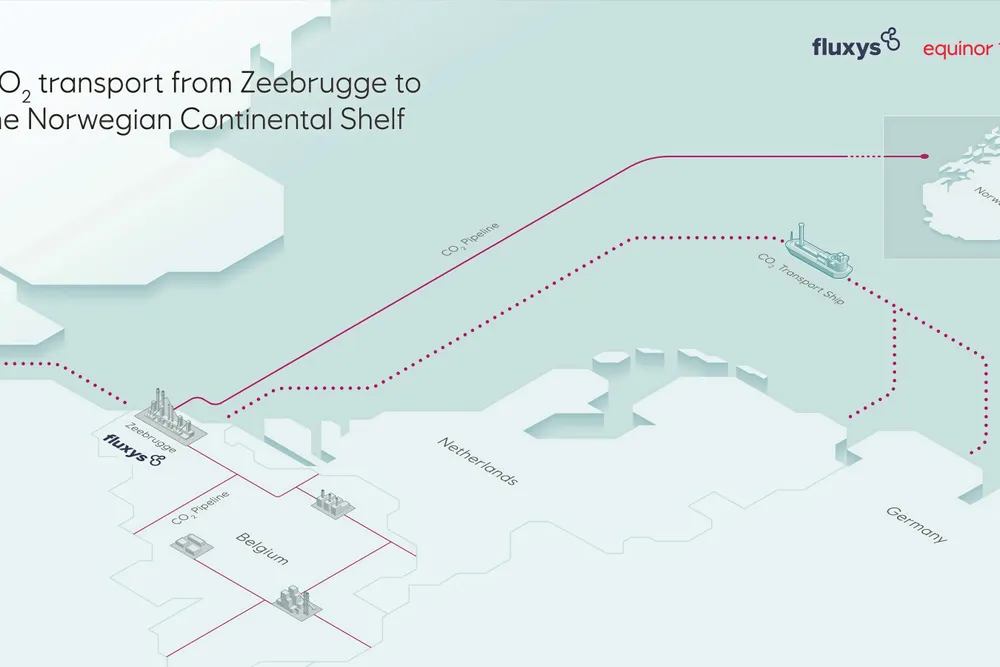Equinor and Fluxys unveil plans for CO2 pipeline from Belgium to Norwegian offshore CCS
Equinor and Fluxys are working on plans for a pipeline to shift captured CO2 from Belgium to storage sites off Norway.

Equinor and Fluxys are working on plans for a pipeline to shift captured CO2 from Belgium to storage sites off Norway.
